Multi-Level Vertical Farming: Lida Group Engineers High-Quality Steel Farm Houses with Space-Optimized Steel Structure Design
2025-Aug-15 13:38:49
By Admin
1. Introduction
The global population is projected to reach 9.7 billion by 2050, placing unprecedented pressure on the world’s agricultural systems. With urbanization accelerating and arable land becoming increasingly scarce, traditional farming methods are struggling to meet the growing demand for food. In response, innovative agricultural practices such as vertical farming have emerged as viable solutions. Vertical farming involves cultivating crops in stacked layers, often within controlled environments, maximizing space efficiency and reducing reliance on traditional farmland.
However, the success of vertical farming hinges on the availability of suitable infrastructure that can support multi-level cultivation while ensuring optimal growing conditions. This is where Lida Group, a leader in steel structure engineering, has made significant strides. The company has developed high-quality steel farm houses with space-optimized steel structures specifically designed for multi-level vertical farming. These structures combine durability, flexibility, and efficiency, addressing the unique challenges of vertical agriculture. This article explores the role of Lida Group’s steel farm houses in advancing multi-level vertical farming, examining their design, benefits, and impact on the future of agriculture.

2. The Rise of Multi-Level Vertical Farming
2.1 Challenges in Traditional Agriculture
Traditional agriculture faces numerous challenges that make it increasingly unsustainable. Arable land is being lost to urbanization, desertification, and soil degradation, with estimates suggesting that over a third of the world’s soil is degraded. Water scarcity is another critical issue, as traditional farming consumes approximately 70% of global freshwater resources. Pesticides and fertilizers used in conventional agriculture contribute to water pollution and biodiversity loss, while the transportation of crops from rural farms to urban centers generates significant carbon emissions.
Climate change exacerbates these challenges, with extreme weather events such as droughts, floods, and heatwaves disrupting crop yields. Small-scale farmers, in particular, are vulnerable to these changes, as they often lack the resources to adapt. The need for a more sustainable, resilient, and efficient approach to food production has never been more urgent.
2.2 Advantages of Multi-Level Vertical Farming
Multi-level vertical farming offers a range of advantages over traditional agriculture. By growing crops in stacked layers, vertical farms can produce significantly more food per unit of land area—often 10 to 100 times more than traditional farms. This space efficiency makes vertical farming ideal for urban areas, where land is scarce and expensive.
Vertical farms are typically housed in controlled environments, allowing for precise regulation of temperature, humidity, light, and CO₂ levels. This control enables year-round cultivation, independent of weather conditions, and reduces the need for pesticides and herbicides, resulting in cleaner, healthier produce. Water usage is also minimized, with vertical farming systems often recycling water, using up to 95% less water than traditional agriculture.
Additionally, vertical farms can be located close to urban centers, reducing the distance food travels from farm to table. This shortens supply chains, lowers carbon emissions from transportation, and ensures that produce is fresher when it reaches consumers. Vertical farming also creates opportunities for local job creation and enhances food security by reducing reliance on imported crops.
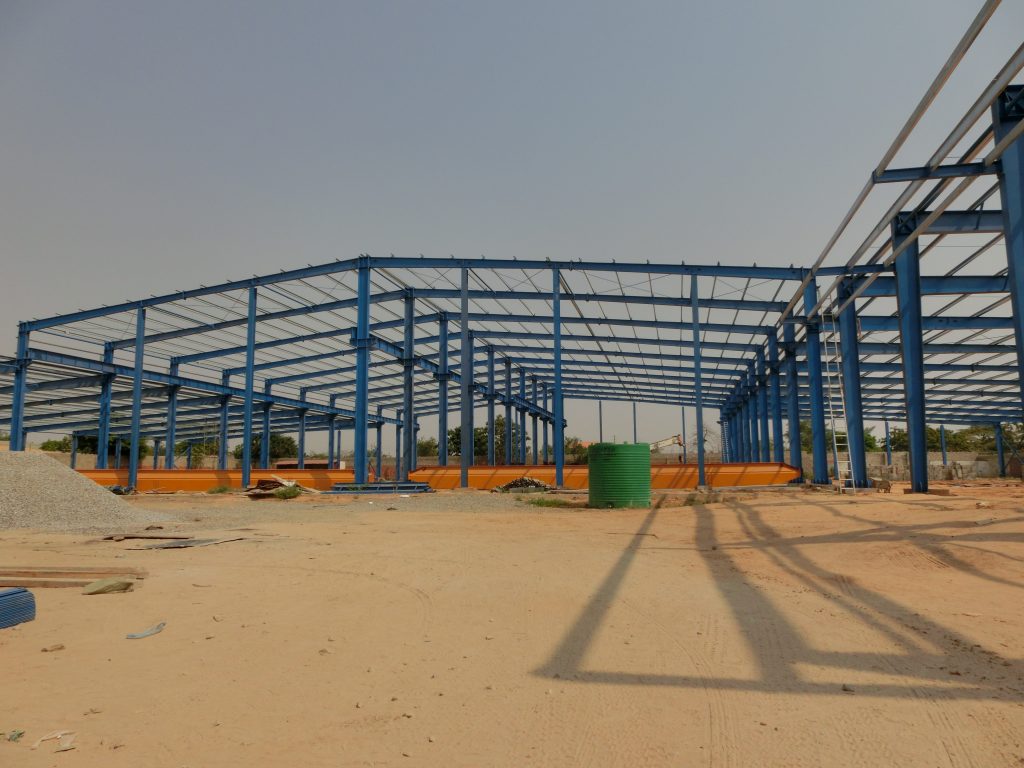
3. The Role of Steel Structures in Vertical Farming
3.1 Why Steel is Ideal for Multi-Level Farming Infrastructure
Steel is an ideal material for constructing multi-level vertical farming infrastructure due to its unique properties. It is incredibly strong and durable, capable of supporting the weight of multiple layers of crops, growing systems, and equipment. Unlike wood, steel is resistant to rot, pests, and moisture, ensuring the longevity of the structure even in the humid environments typical of vertical farms.
Steel is also highly flexible and customizable, allowing for the design of complex, multi-level structures that maximize space efficiency. It can be prefabricated off-site, enabling quick and efficient construction with minimal on-site waste. Steel structures are also recyclable, making them a sustainable choice that aligns with the environmental goals of vertical farming.
3.2 Limitations of Other Construction Materials
Other construction materials are less suitable for multi-level vertical farming. Wood, while inexpensive, lacks the strength to support heavy loads over multiple levels and is prone to decay in humid conditions, requiring frequent replacement. Concrete is strong but heavy and inflexible, making it difficult to modify or expand the structure as needs change. It also has a high carbon footprint, with cement production contributing significantly to global CO₂ emissions.
Masonry materials such as brick are similarly heavy and inflexible, and their construction is time-consuming and labor-intensive. These materials do not offer the same level of customization or durability as steel, making them less suitable for the dynamic, space-constrained environment of vertical farms.
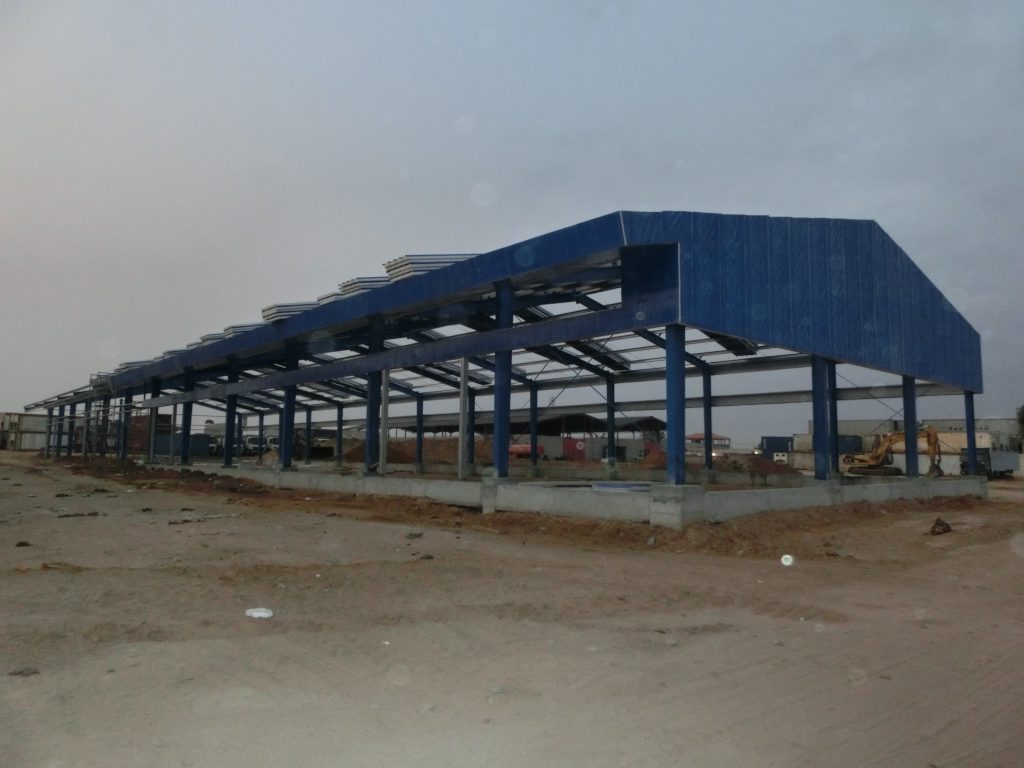
4. Lida Group’s Space-Optimized Steel Structures for Vertical Farming
4.1 Design Principles for Multi-Level Vertical Farms
Lida Group’s steel farm houses for vertical farming are designed based on three key principles: space optimization, structural integrity, and environmental control. The company’s engineers use advanced computer-aided design (CAD) software to create three-dimensional models of the structures, ensuring that every inch of space is utilized efficiently. The steel frames are designed to support multiple levels of growing systems, with clear spans that maximize usable space by eliminating the need for internal columns.
Structural integrity is prioritized to ensure the safety and stability of the multi-level structure. The steel frames are engineered to withstand the weight of growing trays, water systems, lighting, and other equipment, as well as external forces such as wind and snow. The use of high-strength steel alloys ensures that the structure remains stable even with heavy loads.
Environmental control is integrated into the design, with the steel structure accommodating insulation, ventilation systems, and climate control equipment. The frames are designed to minimize heat transfer, reducing energy consumption for heating and cooling, and to support the installation of LED grow lights, which are essential for indoor vertical farming.
4.2 Key Features of Lida Group’s Steel Farm Houses
Lida Group’s steel farm houses for vertical farming include several key features that enhance their functionality and efficiency:
- Modular Design: The structures are built using modular steel components that can be easily assembled and disassembled, allowing for quick construction and future expansion. This modularity also enables customization, with farmers able to adjust the number of levels or the layout of the farm house to suit their specific needs.
- High Ceiling Heights: The steel frames are designed with high ceiling heights to accommodate multiple layers of growing systems, typically ranging from 8 to 12 feet per level. This allows for the use of tall growing racks and ensures adequate space for equipment and workers.
- Integrated Utility Systems: The steel structure is designed to integrate with essential utility systems, including water distribution, electrical wiring, and climate control. Conduits and channels within the steel frames hide these systems, keeping the interior of the farm house clean and organized.
- Durable Coatings: The steel components are treated with corrosion-resistant coatings to protect against the high humidity levels in vertical farms, ensuring a long lifespan and reducing maintenance costs.
- Lightweight Construction: Despite their strength, the steel frames are lightweight compared to concrete or masonry structures, reducing the foundation requirements and making the farm houses suitable for a variety of locations, including urban rooftops.
4.3 Customization Options for Different Crops
Different crops have varying requirements for space, light, and growing conditions, and Lida Group’s steel farm houses are customizable to accommodate these needs. For leafy greens such as lettuce and spinach, which grow quickly and require less vertical space, the farm houses can be designed with closely spaced levels and shallow growing trays. For taller crops such as tomatoes or cucumbers, the structure can include higher ceilings and wider spacing between levels to allow for vertical growth.
The steel frames can also support different growing systems, including hydroponics (growing plants in water), aeroponics (growing plants in air), and aquaponics (integrating fish farming with plant cultivation). The flexibility of the steel structure allows for the installation of these systems with minimal modifications, making the farm houses suitable for a wide range of crops.
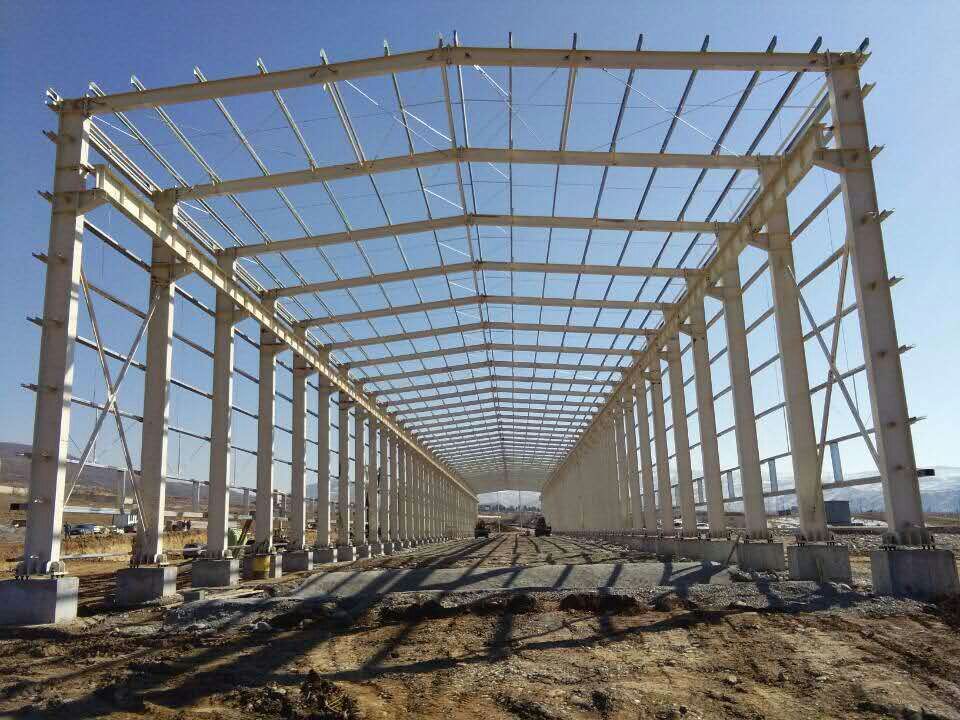
5. Benefits of Lida Group’s Steel Farm Houses for Vertical Farming
5.1 Maximizing Space Efficiency
The primary benefit of Lida Group’s steel farm houses is their ability to maximize space efficiency in multi-level vertical farming. The space-optimized steel structure allows for the stacking of growing layers, significantly increasing the crop yield per square foot of floor space. This is particularly valuable in urban areas, where land is expensive and limited.
The clear spans created by the steel frames eliminate the need for internal columns, providing unobstructed space for growing systems and equipment. This open layout also makes it easier to move between levels and manage the crops, improving operational efficiency.
5.2 Enhancing Structural Durability and Safety
Lida Group’s steel farm houses are built to last, with high-quality steel frames that can withstand the rigors of vertical farming. The structures are resistant to moisture, pests, and extreme weather, ensuring a safe and stable environment for crops and workers. The use of prefabricated steel components ensures consistent quality and reduces the risk of structural failures, providing peace of mind for farmers.
The steel frames also meet strict building codes and safety standards, ensuring compliance with local regulations. This is particularly important for multi-level structures, where safety is a top priority.
5.3 Supporting Controlled Environment Agriculture
Controlled environment agriculture (CEA) is essential for vertical farming, and Lida Group’s steel farm houses are designed to support CEA systems. The steel structure accommodates insulation materials that help maintain a stable temperature inside the farm house, reducing energy consumption for heating and cooling. The frames also support the installation of ventilation systems that circulate air and control humidity, preventing the buildup of mold and mildew.
The integration of electrical systems into the steel structure allows for the installation of LED grow lights, which provide the specific wavelengths of light needed for plant growth. These lights can be mounted on the steel frames at precise intervals, ensuring uniform light distribution across all growing levels. The steel structure also supports the installation of sensors and automation systems that monitor and adjust environmental conditions, further enhancing the efficiency of the vertical farm.
5.4 Reducing Construction Time and Costs
Lida Group’s use of prefabricated steel components reduces construction time significantly compared to traditional building methods. The steel frames are manufactured off-site in a controlled environment, ensuring precision and quality, and then transported to the construction site for assembly. This prefabrication process can reduce construction time by up to 50%, allowing farmers to start growing crops sooner.
The modular design of the steel farm houses also reduces construction costs. Prefabricated components are less expensive to produce in bulk, and the quick assembly process minimizes labor costs. Additionally, the durability of the steel structure reduces maintenance and replacement costs over time, making the farm houses a cost-effective investment.
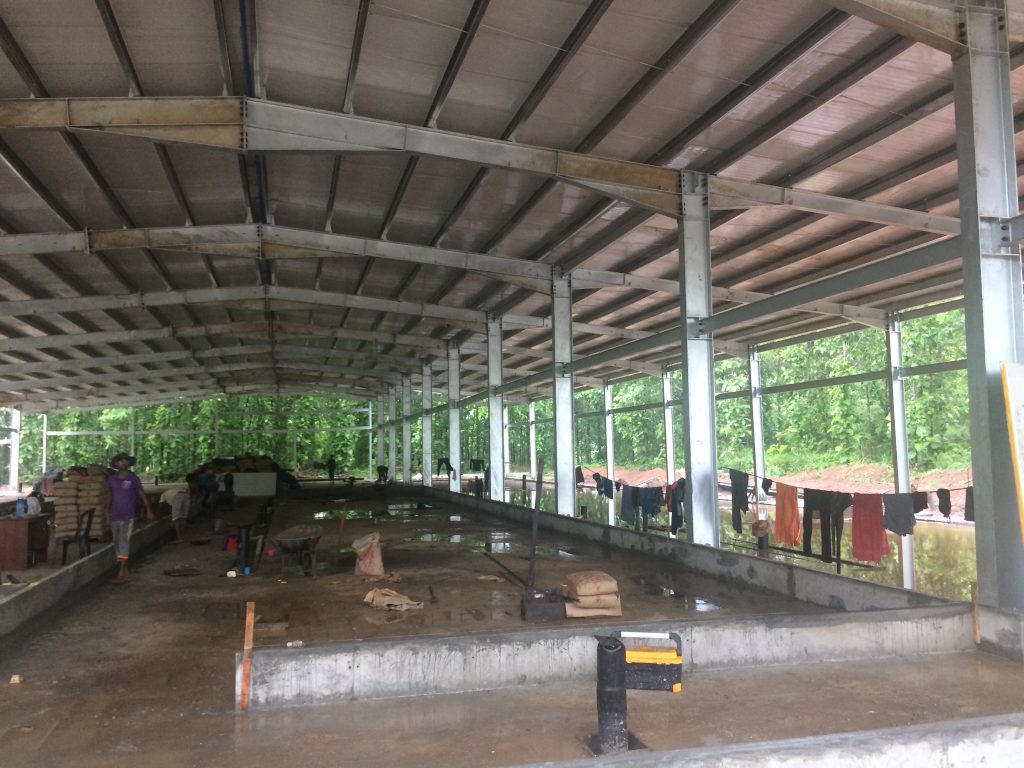
6. Case Studies: Successful Implementation of Lida Group’s Steel Farm Houses
6.1 Urban Vertical Farms
In a major urban center, a vertical farming company partnered with Lida Group to construct a multi-level steel farm house on a rooftop. The farm house, which spans 10,000 square feet and includes five levels, produces over 500 pounds of leafy greens per week. The space-optimized steel structure allowed the company to maximize the use of the limited rooftop space, with each level accommodating 2,000 square feet of growing area.
The controlled environment inside the steel farm house enabled year-round production, with the company able to harvest crops every two weeks. The proximity to urban consumers reduced transportation costs and ensured that the produce was sold within 24 hours of harvest, significantly increasing freshness and flavor. The company reported a 30% reduction in energy costs compared to traditional indoor farms, thanks to the insulation and efficient climate control systems integrated into the steel structure.
6.2 Rural Vertical Farming Operations
A rural farming cooperative in a region with limited arable land invested in Lida Group’s steel farm houses to expand their production. The cooperative constructed a three-level steel farm house with a total growing area of 15,000 square feet, focusing on growing tomatoes and peppers. The steel structure’s durability allowed the cooperative to install heavy hydroponic systems, and the high ceiling heights accommodated the vertical growth of the crops.
The controlled environment of the farm house protected the crops from extreme weather conditions, which had previously damaged their traditional fields. The cooperative was able to increase their crop yield by 40% and reduce water usage by 80% compared to their traditional farming methods. The success of the project led the cooperative to expand, adding two more levels to the steel farm house and diversifying into growing herbs and microgreens.
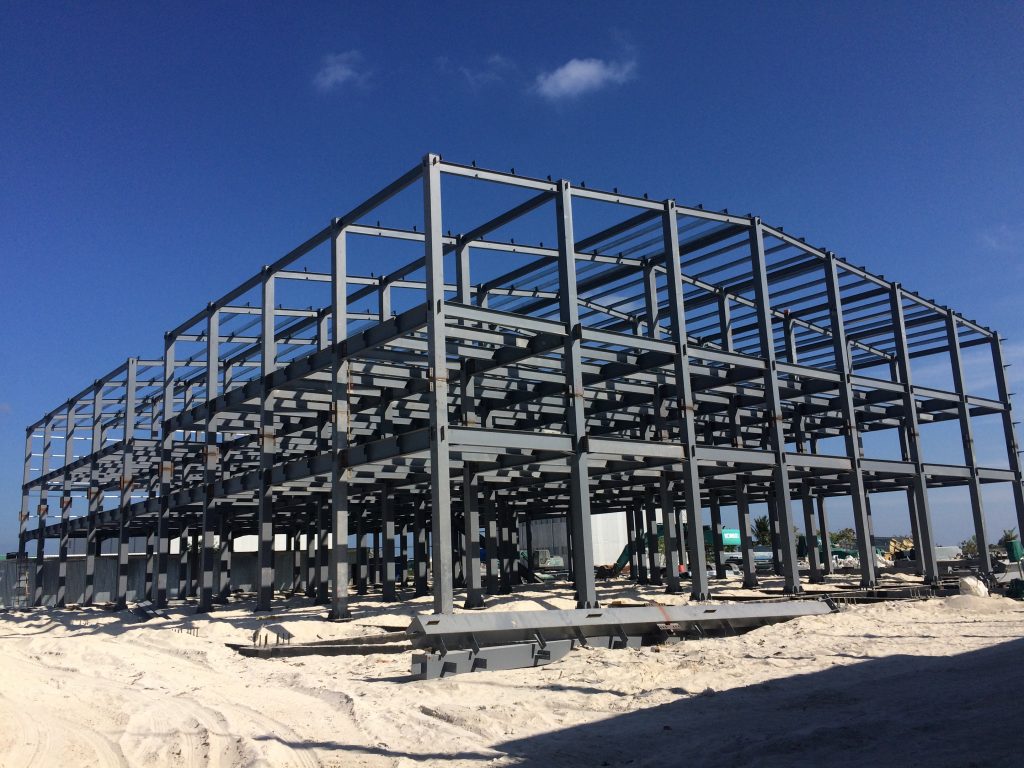
7. Future Innovations in Vertical Farming Infrastructure
7.1 Integration of Smart Technologies
Lida Group is exploring the integration of smart technologies into its steel farm houses to further enhance the efficiency of vertical farming. This includes the installation of Internet of Things (IoT) sensors that monitor environmental conditions, crop growth, and equipment performance in real-time. The data collected by these sensors is analyzed using artificial intelligence (AI) algorithms, which can adjust climate control systems, lighting, and watering schedules to optimize crop growth.
Smart automation systems, such as robotic harvesting and planting equipment, can also be integrated into the steel structure, reducing the need for manual labor and increasing operational efficiency. These technologies have the potential to revolutionize vertical farming, making it more productive and cost-effective.
7.2 Sustainable Energy Integration
Sustainability is a key focus for future vertical farming infrastructure, and Lida Group is working on integrating renewable energy sources into its steel farm houses. Solar panels can be mounted on the roof of the steel structure, providing clean energy to power the LED grow lights, climate control systems, and other equipment. Battery storage systems can store excess energy, ensuring a reliable power supply even during periods of low sunlight.
The steel structure can also be designed to accommodate wind turbines in suitable locations, further reducing reliance on fossil fuels. These sustainable energy solutions will help vertical farms achieve carbon neutrality, aligning with global efforts to combat climate change.
7.3 Expansion to New Crop Types
While vertical farming has primarily focused on leafy greens, herbs, and small vegetables, Lida Group is working to design steel farm houses that can accommodate a wider range of crops. This includes root vegetables such as carrots and potatoes, which require deeper growing media, and even small fruit trees. The company’s engineers are developing specialized steel structures with adjustable levels and growing systems to meet the unique needs of these crops.
Expanding the range of crops that can be grown in vertical farms will increase their versatility and profitability, making them a more viable alternative to traditional agriculture.

8. Conclusion
Lida Group’s high-quality steel farm houses with space-optimized steel structures are playing a pivotal role in advancing multi-level vertical farming. By addressing the unique challenges of vertical agriculture—such as space constraints, structural durability, and environmental control—these structures are enabling the widespread adoption of this innovative farming method.
The benefits of Lida Group’s steel farm houses are clear: they maximize space efficiency, enhance structural durability and safety, support controlled environment agriculture, and reduce construction time and costs. Case studies from urban and rural vertical farms demonstrate their effectiveness in increasing crop yields, reducing resource usage, and improving profitability.
Looking to the future, the integration of smart technologies and sustainable energy sources into Lida Group’s steel farm houses will further enhance the efficiency and sustainability of vertical farming. The expansion to new crop types will increase the versatility of vertical farms, making them an even more important part of the global food system.
In a world facing unprecedented challenges in food production, Lida Group’s steel farm houses offer a sustainable, efficient, and scalable solution. By enabling multi-level vertical farming, these structures are helping to ensure food security, reduce environmental impact, and create a more resilient agricultural system for future generations. As vertical farming continues to grow, Lida Group’s innovative steel structures will remain at the forefront of this agricultural revolution.
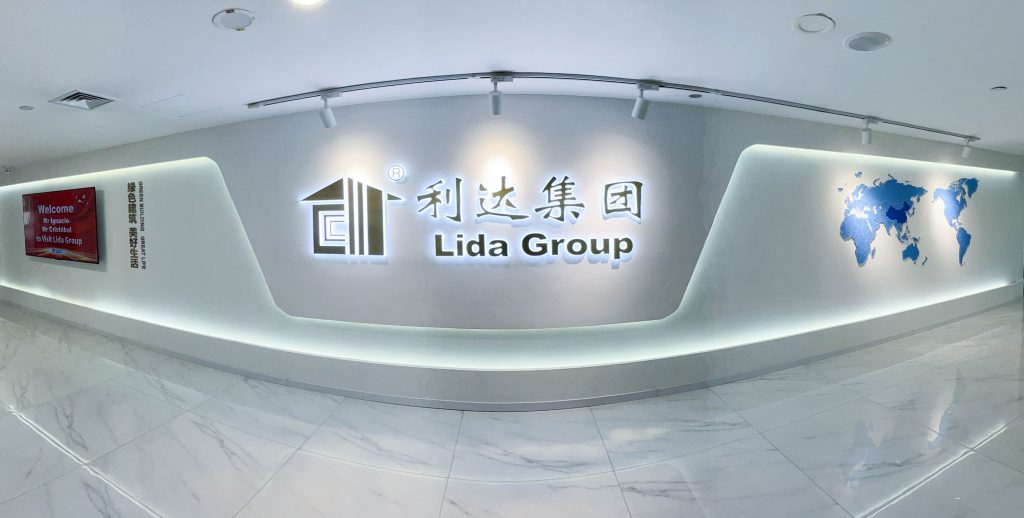
Related news
-
Pharma Storage Breakthrough: Lida Group's High-Quality Steel Warehouses Feature Precision Steel Frame Building for Vaccine Integrity
2025-08-14 15:46:08
-
Sustainable Steel Advancement: Lida Group Cuts Carbon Footprint 40% in Farm House Construction Using Recycled Steel Frames
2025-08-14 16:43:52
-
Automated Poultry Revolution: Lida Group Delivers Climate-Controlled Steel Farm Houses via Advanced Steel Structure Construction
2025-08-14 14:25:15
contact us
- Tel: +86-532-88966982
- Whatsapp: +86-13793209022
- E-mail: sales@lidajituan.com


